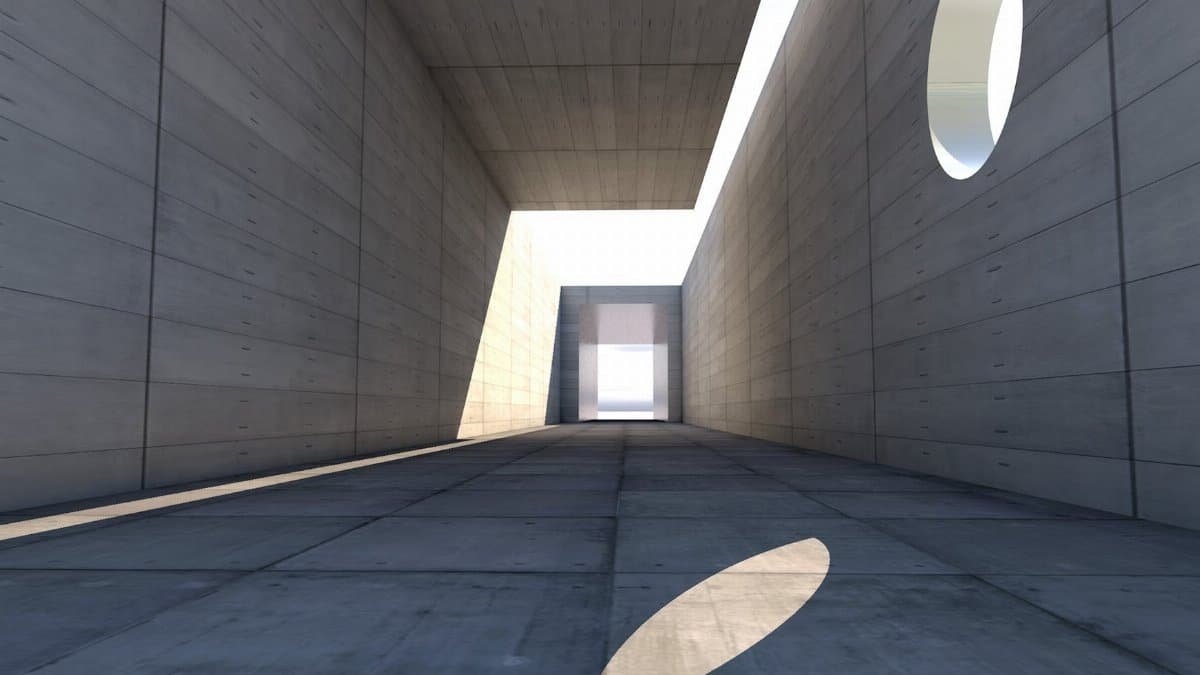Imagine a world where the constant buzz of notifications and chatter fades into the background, replaced by a profound stillness. For many Americans grappling with stress in 2025, this isn’t just a daydream—it’s the promise of a mini silence retreat. These short, intentional breaks from noise and conversation, often lasting just a few days, are gaining traction as a counterweight to our hyper-connected lives. Unlike the daunting 10-day Vipassana retreats, a four-day silence retreat offers a more accessible entry point, yet recent data suggests the psychological benefits can be strikingly similar. From lowered cortisol levels to a renewed sense of clarity, the appeal is clear. As burnout remains a pervasive issue, more people are turning to these compact retreats to reset. What makes them so effective, and how do they fit into busy schedules? Let’s unpack the logistics and the mental payoff.
The Rising Appeal of Short Silence Retreats

In a culture that often equates busyness with worth, stepping away for even a few days can feel radical. Yet, mini silence retreats—typically spanning two to four days—are becoming a quiet rebellion against overstimulation. A 2023 survey by the Pew Research Center found that 60% of U.S. adults report feeling overwhelmed by daily stressors, a statistic that’s only climbed in recent years. Silence retreats offer a tangible way to step off the treadmill. They strip away external noise, forcing participants to confront their internal dialogue—or lack thereof. For many, this brief pause is enough to disrupt cycles of anxiety. Retreat centers across the country, from California’s coastal enclaves to Vermont’s wooded havens, report waitlists for these shorter programs, a sign that accessibility is key to their growing draw.
Unpacking the Four-Day Format

What does a four-day mini silence retreat actually look like? Most programs follow a structured rhythm, balancing silence with light guidance. Days often begin with a group meditation, followed by hours of personal quiet—walking in nature, journaling, or simply sitting. Talking is off-limits, except during brief check-ins with facilitators. Meals are communal but silent, amplifying awareness of small sounds: a fork scraping a plate, a distant birdcall. Many retreats, like those offered by the Spirit Rock Meditation Center in California, emphasize mindfulness as the foundation. The four-day length strikes a practical balance—it’s long enough to unplug but short enough to fit into a long weekend. For professionals or parents, this brevity often means the difference between dreaming of a reset and actually booking one.
Psychological Benefits: What Science Says

The mental health payoff of a mini silence retreat isn’t just anecdotal. Research is catching up to what participants have long felt. A 2017 study published in Frontiers in Immunology found that mindfulness-based retreats, even short ones, can significantly reduce cortisol levels—the body’s primary stress hormone. Participants in four-day programs showed drops comparable to those in longer retreats like the traditional 10-day Vipassana. Beyond stress, silence fosters what psychologists call “cognitive defusion,” a process of detaching from repetitive thoughts. This can lead to clearer decision-making and emotional resilience. As one retreat-goer put it, “Four days of quiet made me realize how much mental clutter I carry. Letting it go felt like dropping a heavy bag.” The data and lived experiences align: brevity doesn’t diminish impact.
Logistical Hurdles and How to Navigate Them

Let’s not romanticize it—planning a four-day retreat isn’t always seamless. Cost is a barrier, with many programs ranging from $300 to $1,000, though some, like those at Insight Meditation Society in Massachusetts, offer sliding scales. Then there’s the challenge of disconnecting. For parents or caregivers, arranging coverage for a few days can feel like orchestrating a military operation. Work obligations add another layer; not everyone can vanish midweek without fallout. Solutions exist, though. Some centers offer weekend-only options, and virtual “at-home” mini silence retreats are emerging, where participants mute their worlds without leaving. Preparation is key—notify loved ones, set boundaries, and treat the time as non-negotiable. Logistics demand effort, but the mental reset often justifies the juggle.
The Challenge of Sitting With Silence

Silence isn’t always soothing at first. For many, the absence of distraction unearths discomfort. Thoughts race. Boredom creeps in. A woman in her 40s, reflecting on her first four-day retreat, recalled the second day as the hardest: “I wanted to bolt. My mind wouldn’t stop. But by day three, something shifted—I felt lighter.” Facilitators often warn of this emotional turbulence, framing it as a necessary unraveling. The four-day format, while short, still allows time to push past initial resistance. Retreats typically build in subtle supports—guided meditations or optional one-on-one chats—to ease the transition. The lesson is patience. Silence isn’t a quick fix; it’s a mirror, reflecting what we often avoid. Embracing that discomfort, even briefly, can unlock deeper calm.
Integrating the Experience Back Home

Returning to normal life after a mini silence retreat can feel like stepping into a storm after a quiet cave. The real test is carrying that stillness forward. Experts suggest small, intentional habits—five minutes of morning quiet, phone-free meals, or a nightly reflection. Retreat centers often provide post-program resources, like guided audio or community meetups, to sustain the shift. Still, the contrast between retreat and reality can jar. One participant shared online feeling “almost resentful” of daily noise after returning, yet found solace in carving out tiny pockets of quiet. The four-day retreat isn’t a cure-all; it’s a catalyst. Its true value lies in inspiring sustainable mindfulness, even amidst chaos. As life in 2025 grows louder, these micro-practices become lifelines, grounding us when retreat isn’t an option.
Who Should—and Shouldn’t—Try It?

A four-day silence retreat isn’t for everyone, and that’s worth acknowledging. It suits those craving a mental reset, particularly if stress or burnout looms large. People with mild anxiety often find it clarifying, as silence can untangle overactive thoughts. But for those with severe mental health challenges, like acute depression or trauma, unstructured quiet can intensify struggles. Experts advise consulting a therapist first in such cases. Age and lifestyle matter less than mindset—participants range from 20s to 70s, from CEOs to retirees. The key is willingness to sit with oneself, unfiltered. If the idea of no talking for days sparks dread rather than curiosity, a gentler mindfulness class might be a better start. Knowing your limits shapes whether this experience uplifts or overwhelms.
A Cultural Shift Toward Quiet

Stepping back, it’s clear that mini silence retreats signal a broader hunger for disconnection in America. As technology tightens its grip—think endless Zoom calls and social media pings—the pendulum swings toward intentional quiet. Retreats, once seen as esoteric, are seeping into mainstream wellness. Companies are even starting to subsidize them as employee benefits, recognizing the productivity boost from rested minds. This isn’t just a fad; it’s a response to a collective ache for pause. A four-day retreat, with its manageable scope, democratizes the practice, inviting skeptics and seekers alike. In a nation often defined by hustle, these pockets of stillness challenge us to redefine rest. Perhaps the real revolution isn’t in silencing the world—it’s in learning to listen to ourselves.
